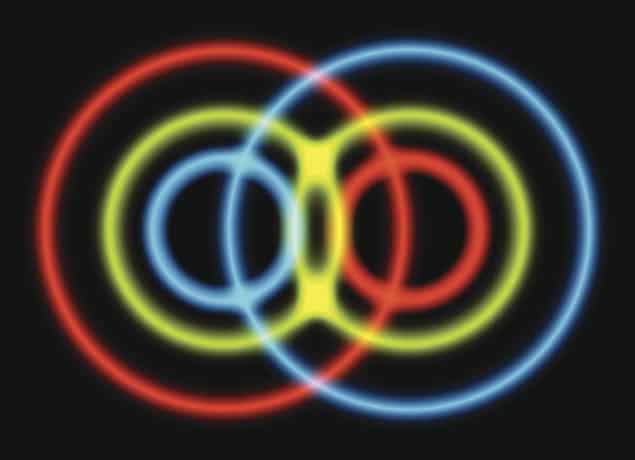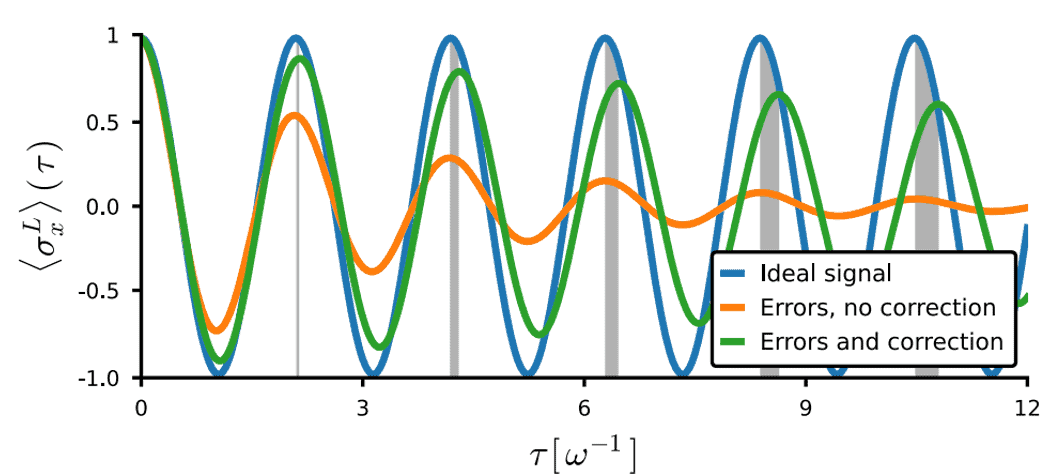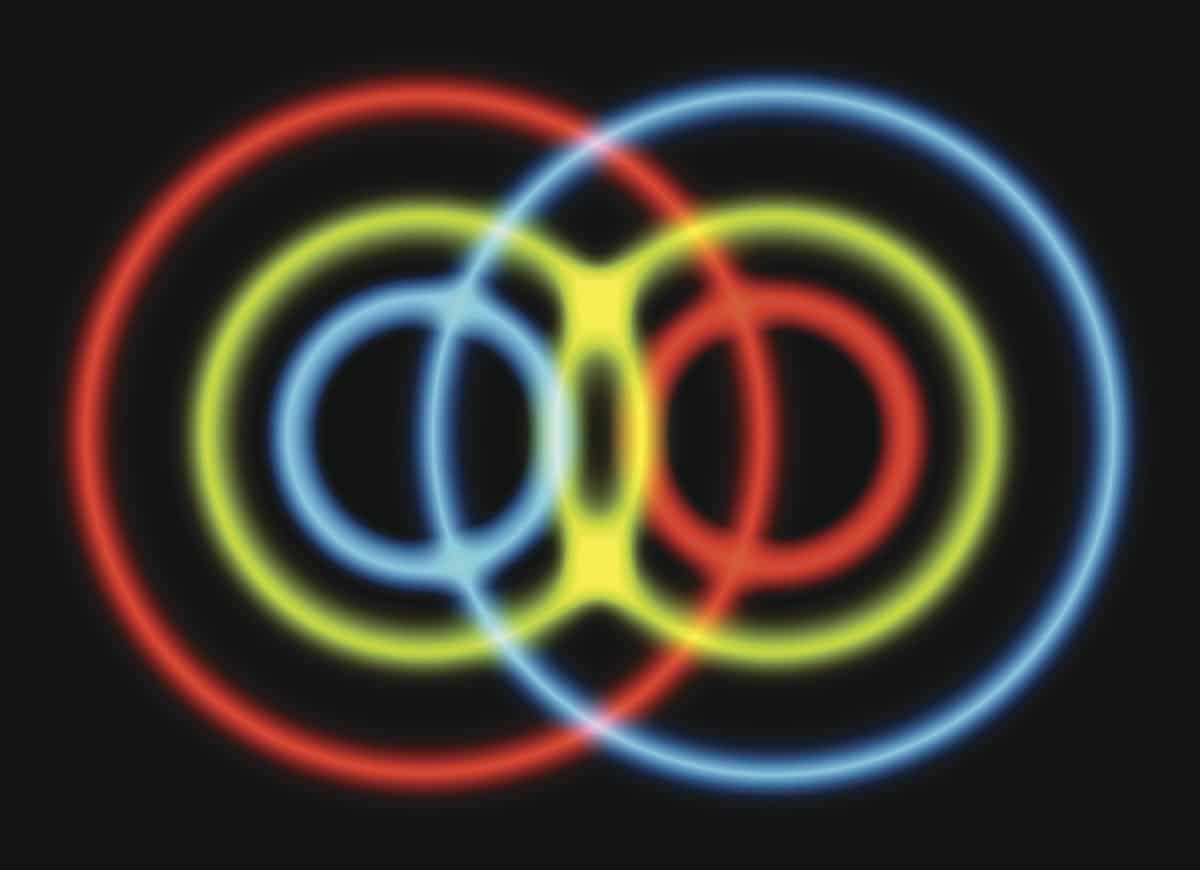
Researchers in Japan have developed a way of correcting errors in quantum operations without applying a magnetic field. The new zero-field technique, which they demonstrated using quantum bits (qubits) constructed from atomic-scale imperfections in diamond, could make it possible to integrate such qubits with others based on superconducting circuits, and thereby construct larger and more powerful quantum devices.
Qubits based on the spin of charge carriers (electrons and holes) in semiconductors are considered excellent building blocks for quantum computers due to their long coherence times. This also makes them ideal connection points for quantum networks, where they can be used as quantum memory or quantum repeaters. However, these spin qubits are prone to errors caused by interactions with their environment.
In classical computers, bit flip errors – that is, instances when a bit changes from 0 to 1 (or vice versa) due to noise rather than the program’s instructions – can be traced by copying the bits and performing a logic operation called decoding to find the corrupted bit. Qubits, in contrast, cannot be copied due to a quantum principle known as the no-cloning theorem.
Instead, quantum error correction (QEC) seeks to preserve accuracy by “spreading” the information of a single qubit to the entangled states of several other qubits. This idea was first suggested in 1994 by Peter Shor, who proposed an error-correction protocol involving nine entangled qubits. In this protocol, errors (such as a bit flip or a change in the sign of the qubit’s phase) can be traced by performing a multi-qubit measurement that retrieves information about what type of error occurred, and on which qubit, without disturbing the quantum information. An operation is then made on the corrupted qubit to revert the error’s effect.
Several methods have been developed for implementing QEC experimentally in spin qubits. However, all require a strong and highly uniform magnetic field to perform the required spin manipulations. Achieving such high uniformity is hard, and the presence of strong magnetic fields disrupts superconducting qubits by forcing them out of the superconducting state. This makes it difficult to construct hybrid devices that use both superconducting and spin qubits.
Zero field enters the game
Researchers from Yokohama National University have made a significant step towards remedying this problem by developing a magnetic-field-free way to manipulate spin qubits made from nitrogen-vacancy (NV) centres in diamond. They use polarized microwave pulses to entangle the spin of a nitrogen atom’s electron to the nuclear spins of two neighbouring carbon isotopes and the nitrogen itself. For the QEC operation to work, the researchers must manipulate all three nuclear spins via hyperfine interactions with the electron spin, which can be controlled optically. A three-dimensional arrangement of current-carrying coils cancels out any residual magnetic field so that the operation takes place in a truly uniform zero magnetic field.
While the three nuclear spins are short of Shor’s 9-qubit code, the researchers say they are sufficient to correct either a bit-flip or a phase-flip error. They evaluated the effectiveness of their method by intentionally inserting an error in the encoded nitrogen nuclear spin. Without applying the QEC, they determined that the fidelity of the operation degrades in proportion to the error probability. With the QEC in place, the fidelity remained constant regardless of the error probability. The Yokohama researchers also showed that they obtained similar results with their method as they would by using a 6200-Gauss magnetic field to manipulate the spins.
Next step: simultaneous error correction
According to Hideo Kosaka, a quantum engineer at Yokohama and lead author of a report in Communication Physics describing the work, the team’s next step is to correct bit and phase errors simultaneously by implementing a stabilizer code that can be used with a smaller number of qubits and does not require Shor’s 9-qubit code. The team is also developing an interface to perform quantum conversion between superconducting qubits and photons for communications using quantum memory in diamond. “Our method not only improves the efficiency of the quantum conversion, but also enables error correction at the quantum interface,” Kosaka says.

Quantum error correction has side effects for sensors
Tim Taminiau from QuTech in Delft, the Netherlands, who was not involved in this research, praises the Yokohama team for developing innovative ways to control spin qubits in diamond at zero magnetic field. In his view, the method’s compatibility with superconducting qubits is a significant advantage as it could facilitate hybrid architectures that combine superconducting circuits (for fast quantum computations) and spin qubits (for long-lived quantum memory). An important future challenge, he adds, will be to realize fault-tolerant error correction, which needs more qubits and an ability to detect errors using non-destructive measurements. Such fault-tolerant operation was recently demonstrated with spin qubits at higher fields and with superconducting and trapped-ion qubits.
